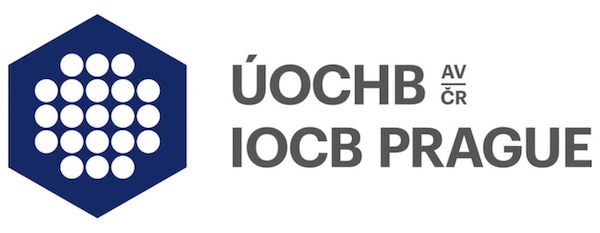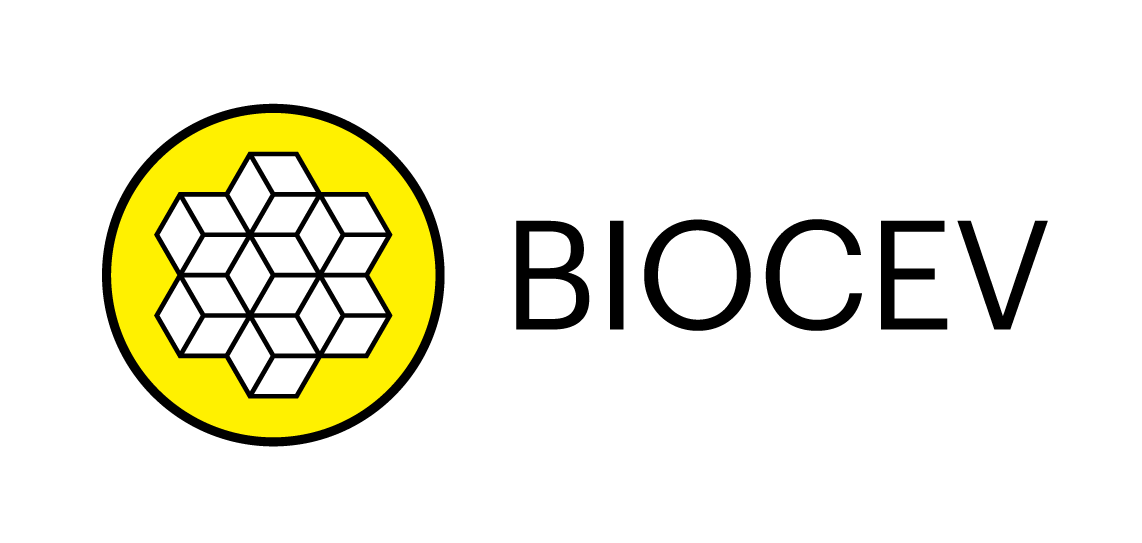We are honored to welcome an outstanding lineup of plenary speakers at our congress. These exceptional thought leaders, innovators, and experts will share their insights, inspire new ideas, and spark meaningful discussions.
Their contributions will shape the dialogue on key topics and provide valuable perspectives for all attendees.
Stay tuned for more details about our distinguished speakers and their sessions. We can’t wait to bring together such remarkable voices at this year’s event!
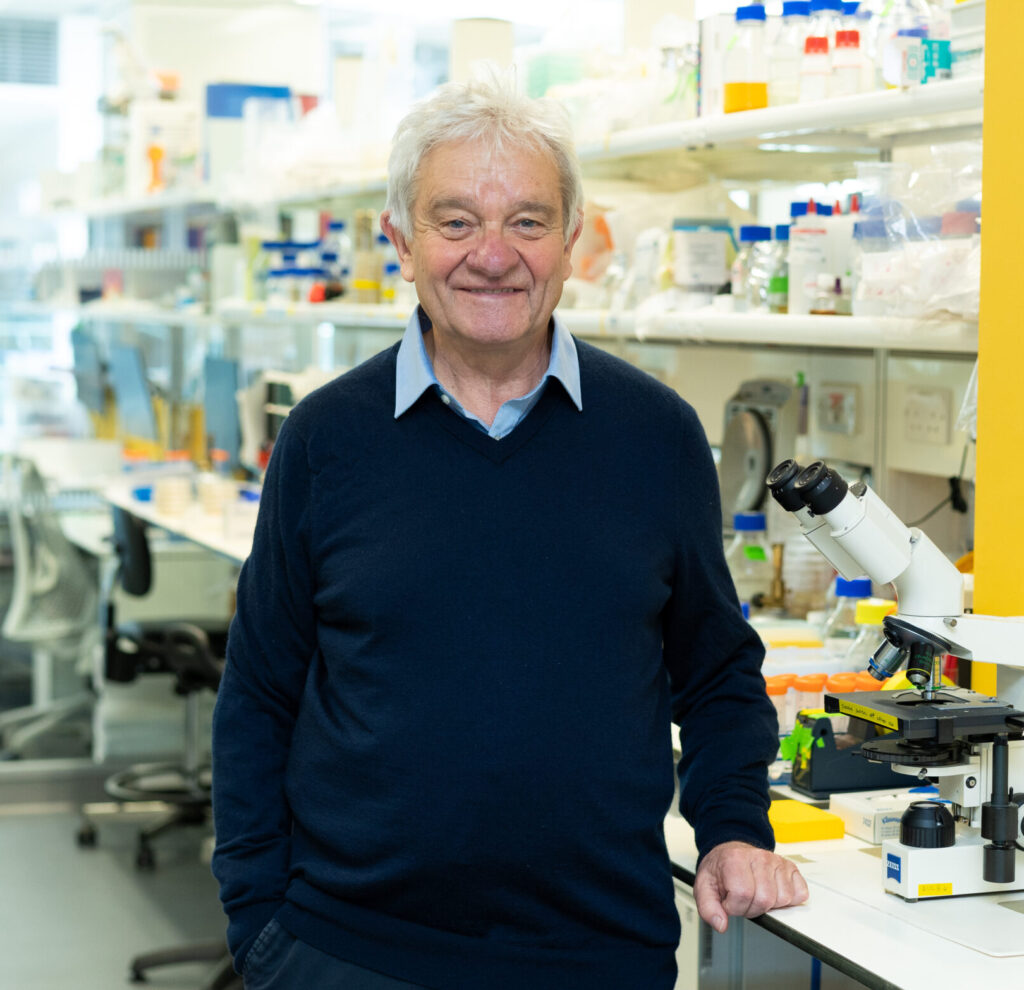
Sir Paul Nurse
The Francis Crick Institute, London, United Kingdom
Topic: New Perspectives on CDKs and Cell Cycle Control
Sir Paul Nurse OM, CH, FRS is a geneticist and cell biologist who works on how the eukaryotic cell cycle is controlled. His major work has been on the cyclin dependent protein kinases and how they regulate cell reproduction. He is Director of the Francis Crick Institute in London, Chancellor of the University of Bristol, and has served as President of the Royal Society, Chief Executive of Cancer Research UK and President of Rockefeller University. He shared the 2001 Nobel Prize in Physiology or Medicine and has received the Albert Lasker Award, the Gairdner Award, the Louis Jeantet Prize and the Royal Society’s Royal and Copley Medals. He was knighted in 1999 made a Companion of Honour and awarded the Order of Merit in 2022 for services to science and medicine in the UK and abroad, received the Legion d’honneur in 2003 from France, and the Order of the Rising Sun in 2018 from Japan. He served for 15 years on the UK Council of Science and Technology, advising the Prime Minister and Cabinet, and was a Chief Scientific Advisor for the European Union. In 2020 he wrote “What is Life” which has been published in 22 countries.
Paul flies gliders and vintage aeroplanes and has been a qualified bush pilot. He also likes the theatre, hill-walking, going to museums and art galleries, and running very slowly.
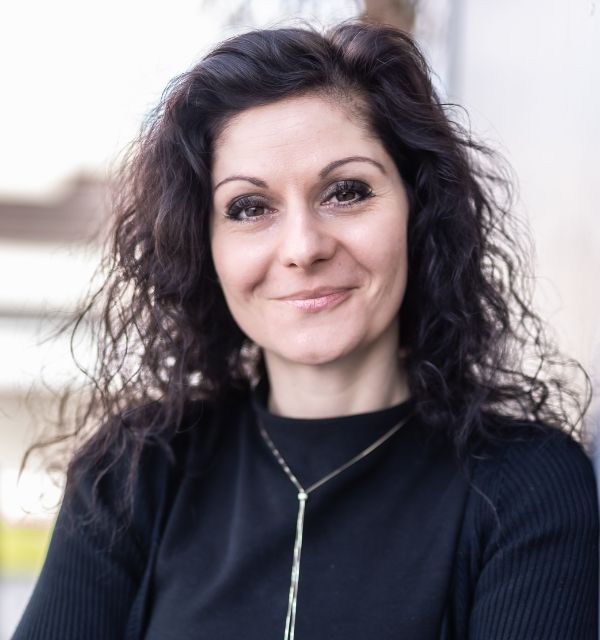
Hana Cahová
Institute of Organic Chemistry and Biochemistry, Czech Academy of Sciences, Praha, Czech Republic
Topic: Dinucleoside polyphosphates serve as RNA caps in bacteria and mammalian cells
Dr. Hana Cahová is a biochemist and Senior Research Group Leader at the IOCB Prague. She earned her PhD in Bioorganic Chemistry from UCT Prague and IOCB Prague under the supervision of Prof. M. Hocek. Dr. Cahová carried out her postdoctoral research at Heidelberg University in the group of Prof. Andres Jäschke, supported by the prestigious Alexander von Humboldt Research Fellowship. Her research focuses on nucleic acid biochemistry, with major contributions including the development of NAD-RNA sequencing, the identification of diadenosine tetraphosphate (Ap4A) as a novel RNA cap, and studies of RNA modifications in viral infections.
Her recent work explores the chemical diversity of RNA 5′ ends using advanced LC-MS and RNA sequencing techniques. She discovered that bacterial RNA polymerases incorporate dinucleoside polyphosphates (NpnNs) as RNA caps and showed that both bases of NpnNs can pair with the DNA template during transcription initiation. In mammalian cells, her team identified Ap4A and Ap2A as new RNA caps, uncovering their roles in translation repression, immune evasion, and oxidative stress adaptation. Her findings continue to expand the understanding of RNA cap diversity and function in gene regulation.
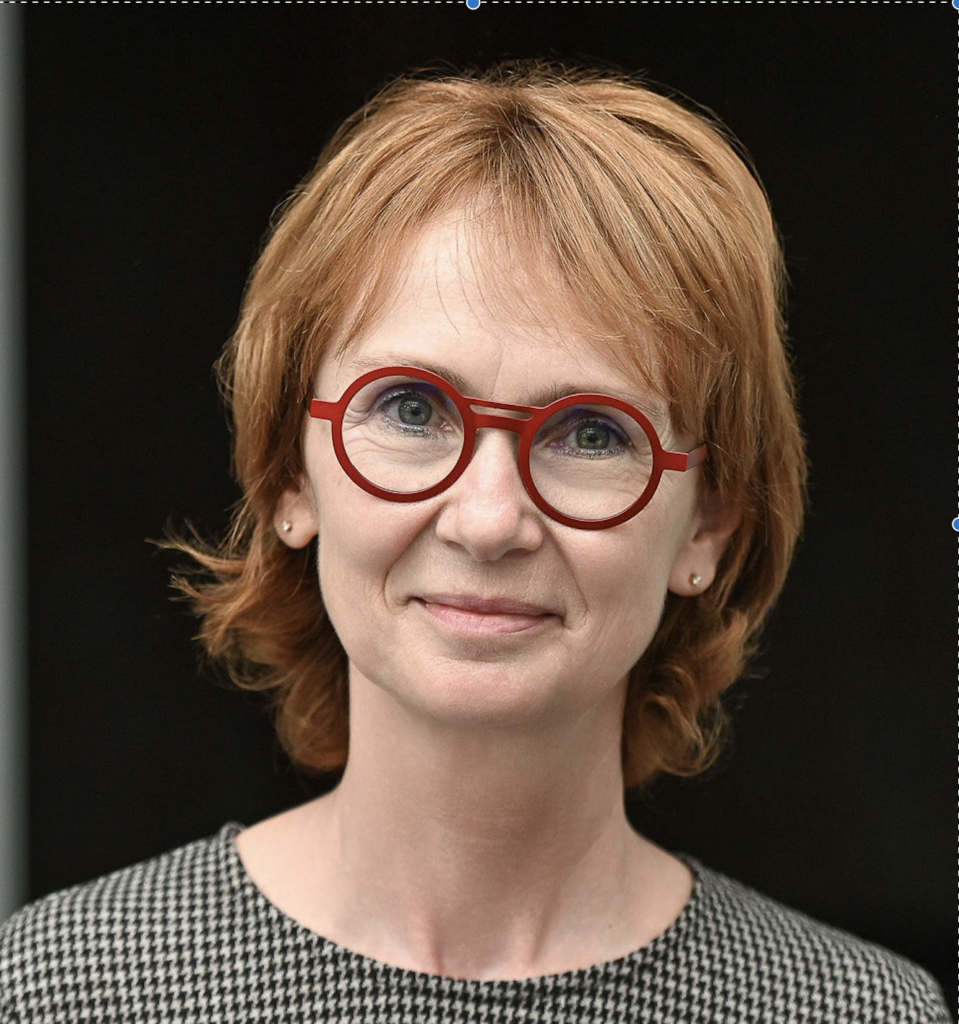
Katarína Mikušová
Faculty of Natural Sciences, Comenius University, Bratislava, Slovakia
Topic: Uncovering the secrets of mycobacterial cell wall assembly
Prof. RNDr. Katarína Mikušová, DrSc. is a biochemist who investigates biosynthesis of the cell wall of a major human pathogen, Mycobacterium tuberculosis. Her journey with mycobacteria started in 1992, when she joined Professor Patrick J. Brennan at Colorado State University in Fort Collins, United States. After returning to Slovakia in 1995, she began to develop this topic at the Department of Biochemistry, Faculty of Science, Comenius University in Bratislava, which she has been heading since 2012. Her major contributions towards understanding critical metabolic pathways in mycobacteria include: (i) identification of key steps of mycobacterial cell wall biosynthesis, including functional characterization of distinctive bifunctional galactosyltrasferases GlfT1 and GlfT2, (ii) discovery of a unique monosaccharide epimerization reaction taking place on a lipid carrier, which makes an activated sugar donor for synthesis of indispensable arabinan polymers in mycobacterial cell wall and thorough characterization the DprE1/DprE2 epimerase – an enzyme catalysing this reaction; (iii) characterization of an essential machinery for the transport of the cell wall galactan polymer across the mycobacterial plasma membrane. The knowledge and techniques developed in her laboratory were successfully applied to reveal the mechanism of action of several effective antimycobacterial inhibitors, including two benzothiazinone derivatives, which are currently tested in clinical trials.
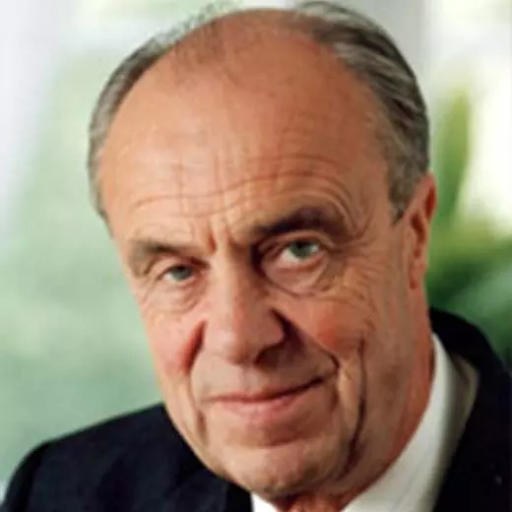
Erling Norrby
Karolinska Institute, School of Medicine, Stockholm, Sweden
Topic: Nobel Prizes and the Protein Folding Problem
Prof. Dr. Erling Norrby, M.D. has an MD and PhD from the Karolinska Institute, the School of Medicine, Stockholm. He was the professor of virology and chairman at the Institute for 25 years. During that time he also served as Dean of the Faculty of Medicine for 6 years and was deeply involved in the work on Nobel prizes in physiology or medicine for 20 years.
After leaving the Institute he became Permanent Secretary of the Royal Swedish Academy of Sciences for six years. During this time he had overriding responsibility for the Nobel Prizes in Physics and Chemistry and was a member of the Board of the Nobel Foundation.
Since 20 years he is at the Center for the History of Sciences at the Academy. His main engagement is to write books about Nobel Prizes, primarily in physiology or medicine but also in chemistry, using the world unique Nobel Prize archives. They remain secrete for 50 years but can hereafter be accessed by permission. Hitherto he has published five books using this kind of material and in September this year a sixth book will be presented. It discusses the prizes in the years 1972-74 and has the title Nobel Prizes. Protein structure, ethology and cell architecture. He also has one of the leading functions at the Royal Swedish Court as Lord Chamberlain-in-Waiting.
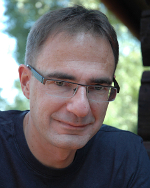
Artur Osyczka
Faculty of Biochemistry, Biophysics and Biotechnology, Jagiellonian University, Krakow, Poland
Topic: Molecular operation of cytochromes bc of respiratory and photosynthetic electron transport chains
Prof. dr hab. Artur Osyczka is a head of the Department of Molecular Biophysics at the Faculty of Biochemistry, Biophysics, and Biotechnology, Jagiellonian University in Kraków. Received PhD from Tokyo Metropolitan University (1999). Post-doc at University of Pennsylvania (1999 – 2006). Senior Research Fellow of the Wellcome Trust (2006 – 2016). His research aims at understanding molecular mechanisms of operation of energy conserving systems from the physicochemical point of view and also in relation to cellular physiology. He focuses on enzymatic catalysis/regulation and electron and proton transfers and on dynamics of protein-protein interactions in redox systems. The enzymes of his particular interest are quinol oxidoreductases of respiratory and photosynthetic electron transport chains (cytochromes bc1, b6f, alternative complex III). Prof. Osyczka and his colleagues described several mechanistic elements of their action. The most important findings and discussed concepts include: recognition of the mechanistic problem with understanding how cytochromes bc1 avoid energy-wasting short circuits (Nature, 2004), demonstration of intermonomer electron transfer (Science, 2010) and proposal of the molecular mechanism of ROS generation by this complex (BBA-Bioenergetics, 2010; Chem. Rev., 2021), discovery of specific and non-reactive with oxygen state associated with operation of the catalytic site of cytochromes bc1 and b6f (PNAS, 2017), description of the channel for quinone traffic in cytochrome b6f (Sci. Adv., 2024) and proposal of the quinone-water exchange mechanism for efficient catalytic turnover (Nature plants, 2024). The experimental approach combines molecular and structural biology, biochemical and biophysical methods with emphasis on time-resolved optical and electron paramagnetic resonance spectroscopy.
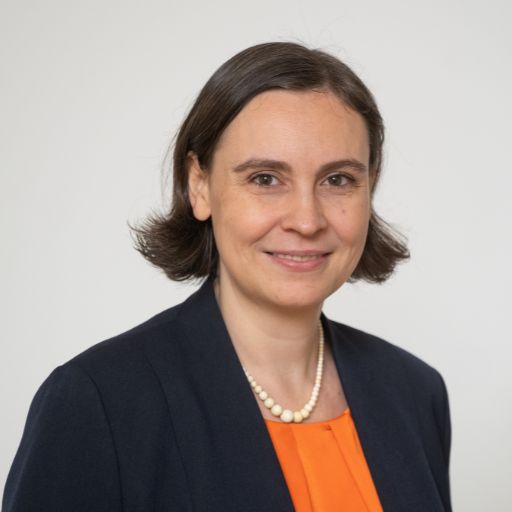
Christina E. Weinberg
Institute of Biochemistry and Biotechnology, Martin-Luther-University Halle-Wittenberg, Germany
Topic: Unraveling biology by studying ribozymes and riboswitches
Prof. Dr. Christina E. Weinberg studied Molecular Biomedicine at the University of Bonn (Germany), where she first developed a strong interest in non-coding RNAs (ncRNAs). During her PhD, she investigated riboswitches as antibacterial drug targets, further deepening her fascination with RNA biology. She then joined the lab of Ronald R. Breaker at Yale University for her postdoctoral research, focusing on RNA discovery and ribozyme biochemistry. In 2017, she established her own research group at Leipzig University (Germany), before being appointed Professor of General Biochemistry at Martin-Luther-University Halle-Wittenberg (Germany) in October 2024. She has been recognized with several competitive fellowships, including support from the German Research Foundation (DFG) and the Peter and Traudl Engelhorn Foundation.
Our current research explores the functional roles of ncRNAs in gene regulation. Non-coding RNAs have emerged as powerful regulators of cellular function. Among ncRNAs, we study small ribozymes, catalytic RNAs capable of self-cleavage, and riboswitches, structured RNAs that sense specific metabolites to regulate gene expression. We aim to characterize their structural and biochemical properties, unravel their biological roles, where they are not known, or leverage these RNAs as tools to manipulate gene regulatory circuits. I will present the discovery and validation of new ncRNA classes and I will show our work on establishing an RNA-seq-technique to screen for ribozyme activity that could be used to screen for new catalytic RNAs in cells.

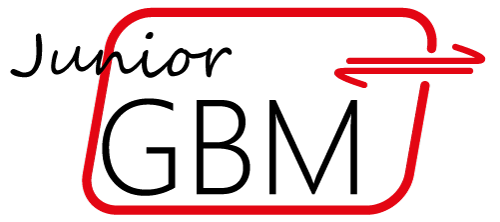
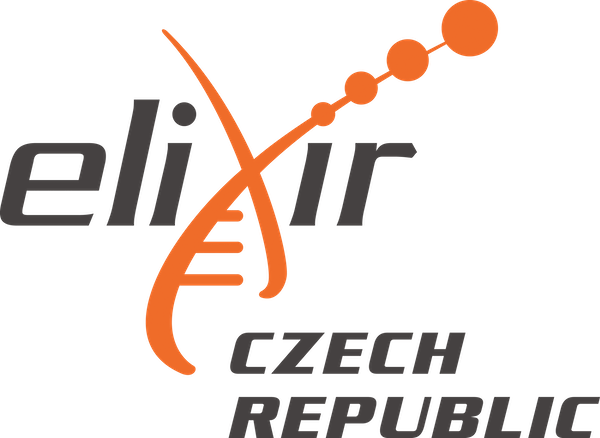 has joined.
has joined.